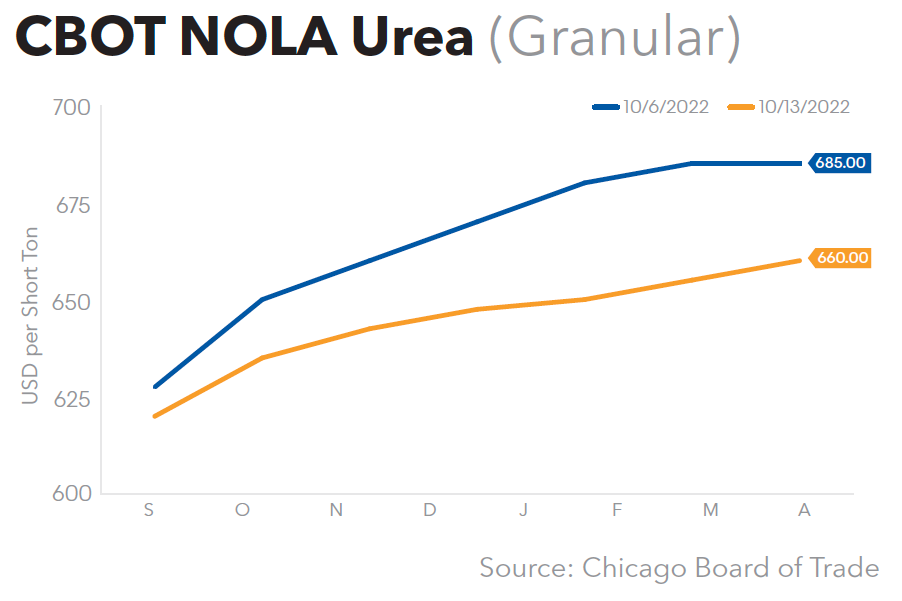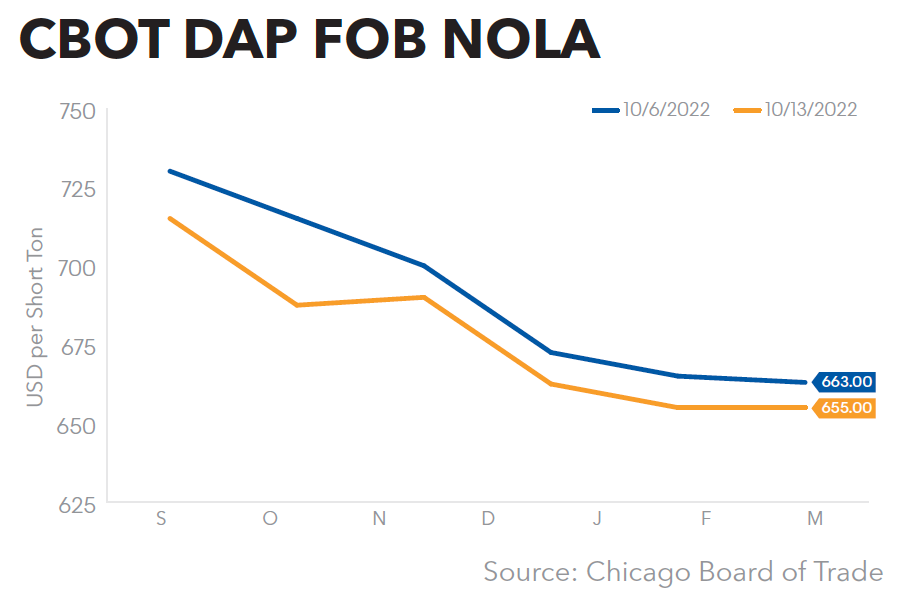K+S, Kassel, Germany, plans to convert the Unterbreizbach, Thuringia, and Wintershall, Hesse, sites of the Werra integrated production plant to a dry processing method by 2026/27, the company announced on Oct. 17.
The project is the linchpin of K+S’ “Werra 2060” project to strengthen the competitiveness of the Werra plant and extend its life with increased and more stable production, as well as reducing the environmental footprint of the company’s domestic potash production.
K+S said it will use the electrostatic separation (ESTA) process to sort salt minerals dry without the use of water. This technology, which is well established at K+S, has now been “decisively further developed,” the company said. Downstream energy and wastewater-intensive hot solution and flotation processes are no longer required and have been discontinued.
The plant at the Hattorf site, also part of the Werra Plant, will continue to operate with the current technology for the time being.
Preparatory activities for the project are already underway above and below ground. At the Unterbreizbach plant, construction work will begin in 2023 and is scheduled for completion by the end of 2026. The conversion of the Wintershall plant will start in 2024 and last until mid-2027. Implementation at both plants will take place during ongoing production so that operational breaks can be “optimally utilized,” K+S said.
Once completed, the conversion of production at the Unterbreizbach and Wintershall plants will more than halve the total volume of process water for the Werra Plant to 1 million cubic meters per year, the company said. The remaining water will be disposed of off-site or is suitable for storage “sustainably and permanently” underground, it said.
The steam requirement will be also reduced by using the dry processing method. As a result, the power plants can be operated with “significantly” reduced output and minimized natural gas requirements. CO2 emissions will be reduced by around 50% at the two sites, K+S said.
The company is accompanying the conversion of processes by a further development of the product portfolio, “significantly” strengthening the market position for potash-magnesium fertilizers, it said. In addition, the share of rolled granules, which previously accounted for only a small part of production, will increase.
K+S said the product portfolio will become more competitive overall in terms of cost, sustainability, and quality criteria.
The use of the new technologies will also allow the solid production residues from the plants to be transported into the mining cavities, according to the company, which “will have a stabilizing effect” and make it possible to utilize part of the salt present in the pillars for processing, “significantly increasing the yield of mineral resources at the site.”


